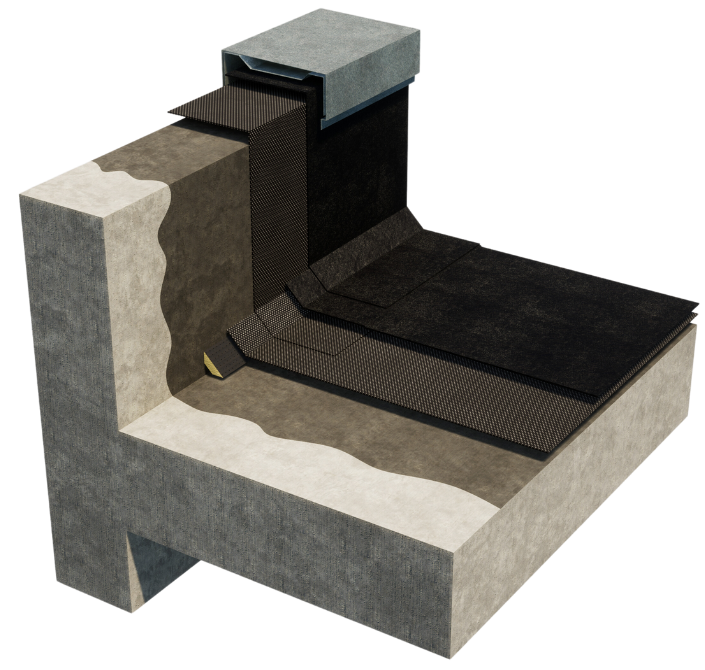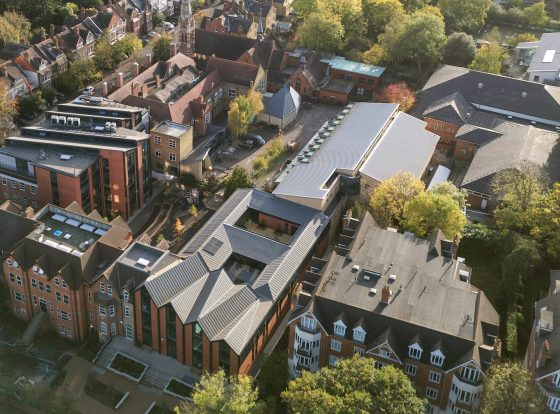Cold roofs, without insulation, suit unheated, unoccupied spaces, preventing condensation. They are infrequently used in commercial settings.
Search the site
Project Folder

Cold Roofs have a limited range of applications and uses (small domestic roofs) and are no longer recommended as good roofing practice due to the increased risk of interstitial and surface condensation forming on the underside of the cold deck. As such there is a requirement to ensure the roof is adequately ventilated, which has previously been showed to be ineffective.
As a result, cold roofs are generally best avoided where possible. Consult the latest design guidance for cold roofs set out within BS 6229.
